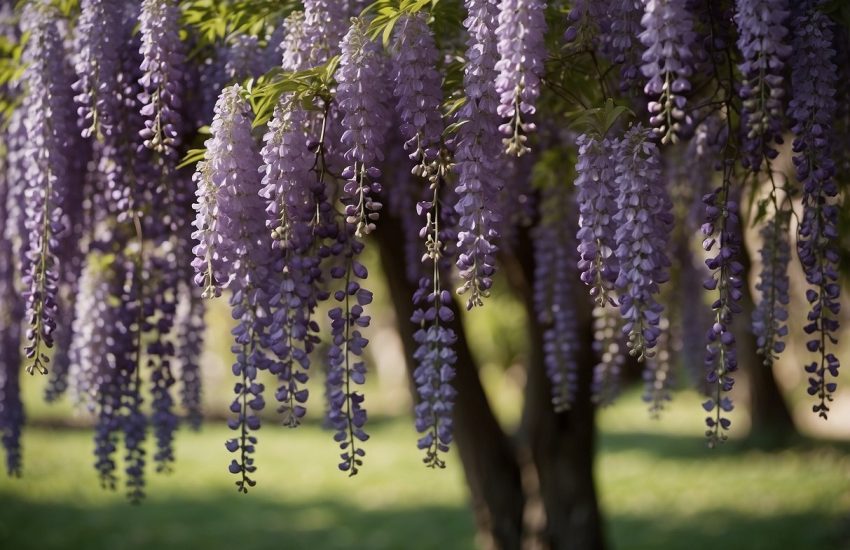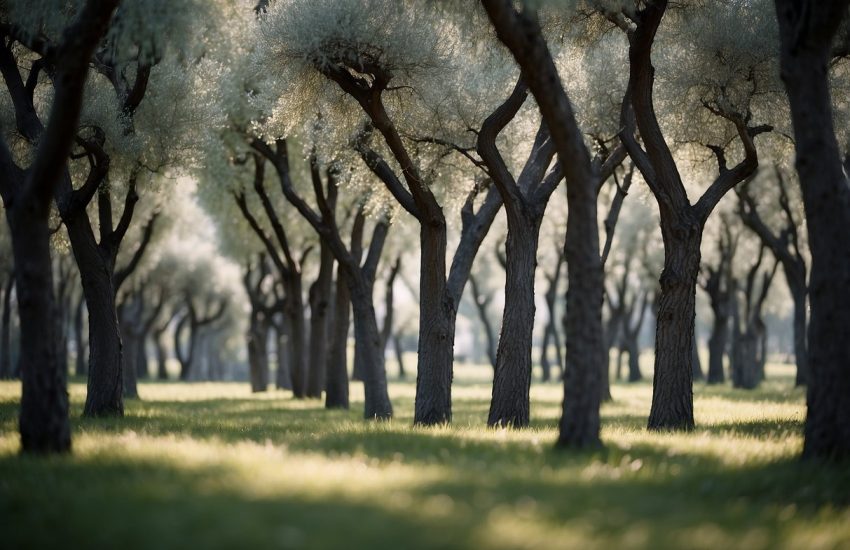Nut Trees in Indiana: Varieties, Planting Tips, and Care
Indiana is home to a variety of nut trees that thrive in the Midwest climate. These native trees not only provide a source of food for wildlife but also offer numerous benefits for humans. Nut trees have been an important part of Indiana’s ecosystem for centuries and continue to play a vital role in the state’s natural landscape.
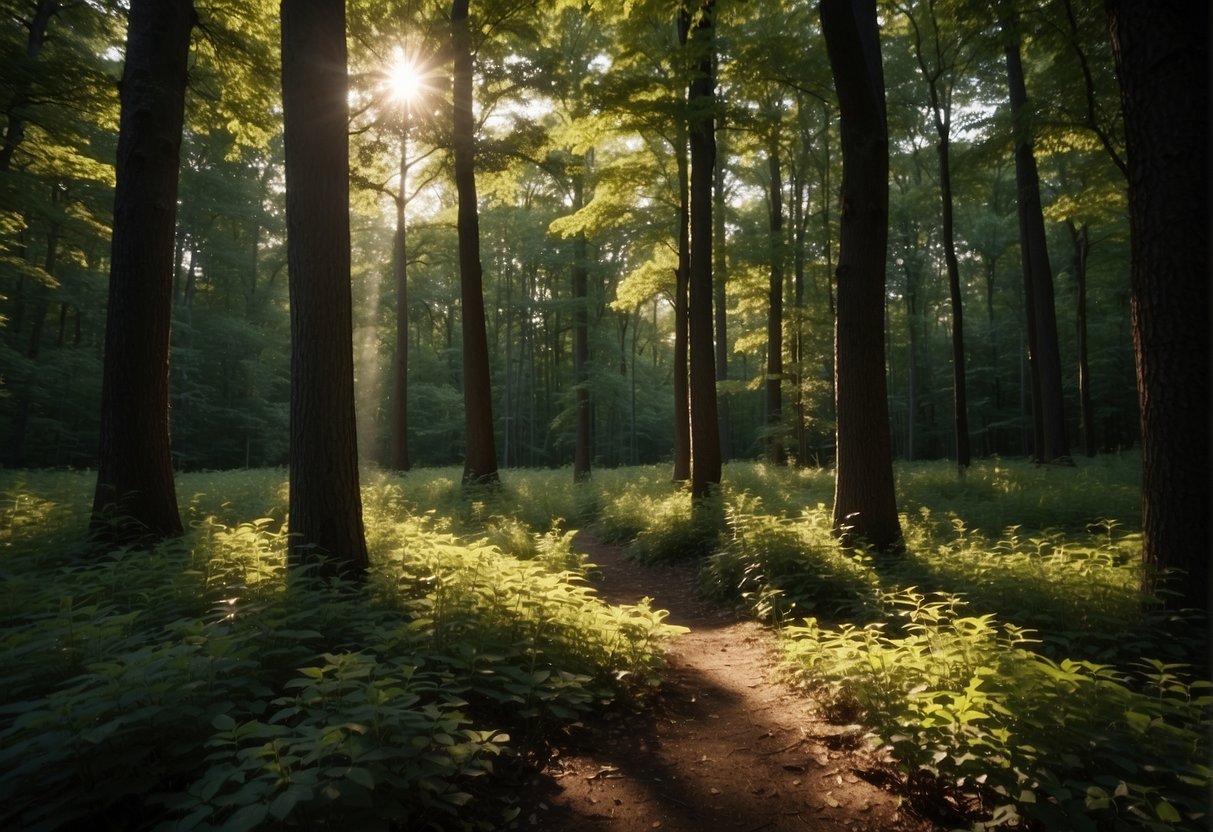
One of the most common nut trees in Indiana is the black walnut. This tree is prized for its wood and its flavorful nuts, which are used in a variety of culinary dishes. Other nut trees found in Indiana include hickory, chestnut, and pecan. These trees not only provide food for wildlife but also offer shade and beauty to the landscape.
Despite their numerous benefits, nut trees in Indiana face several challenges, including disease and habitat loss. However, efforts are being made to protect and preserve these important trees. By understanding the role of nut trees in Indiana’s ecosystem and taking steps to protect them, we can ensure that they continue to thrive for generations to come.
Native Nut Trees of Indiana
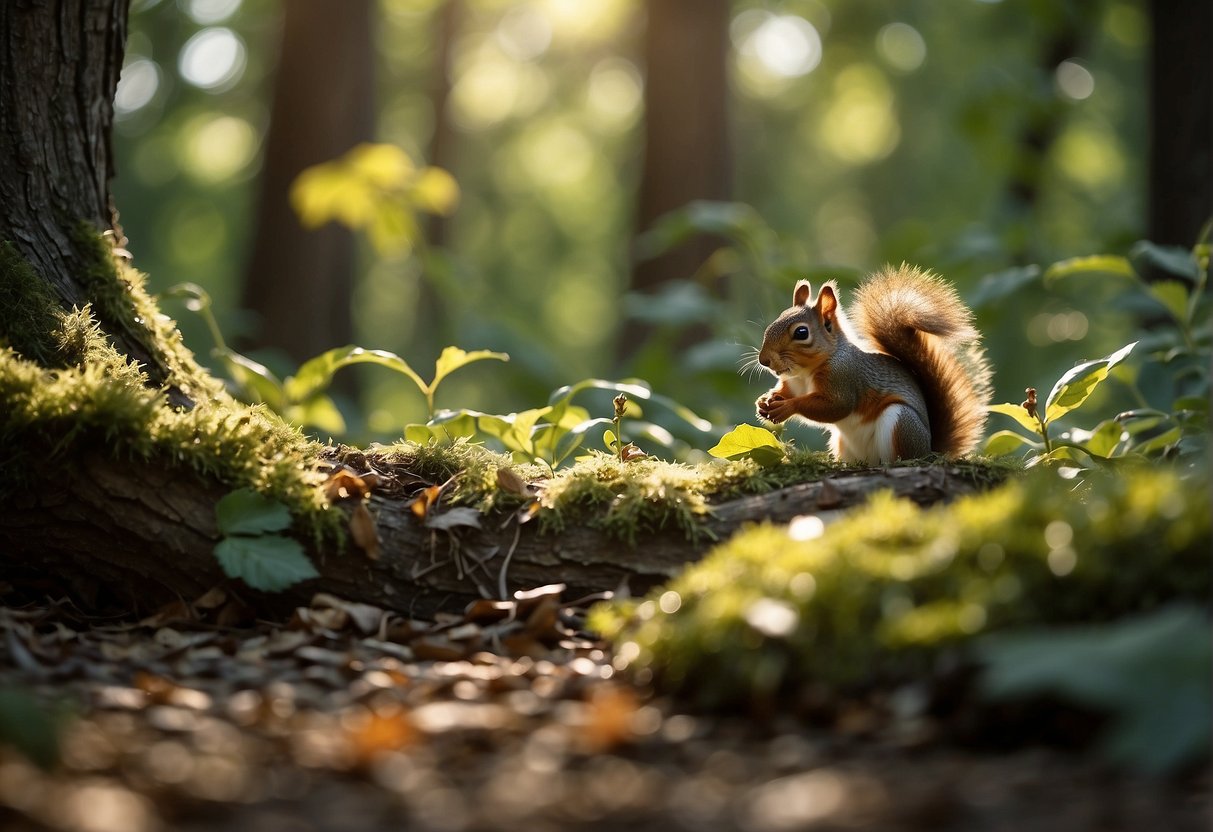
Indiana is home to a variety of native nut trees that are well adapted to the state’s climate and soil conditions. These nut trees not only provide food for wildlife but also serve as important components of the native forests. In this section, we will discuss some of the most common native nut trees found in Indiana.
Black Walnut
The Black Walnut (Juglans Nigra) is a large, deciduous tree that is native to the eastern United States, including Indiana. It is highly valued for its wood, which is used for furniture, flooring, and other applications. The nuts of the Black Walnut are also highly prized for their rich, buttery flavor. They are used in a variety of culinary dishes, including baked goods, ice cream, and candy.
American Hazelnut
The American Hazelnut (Corylus Americana) is a small, multi-stemmed shrub that is native to the eastern United States, including Indiana. It produces small, sweet nuts that are a favorite of wildlife, including squirrels, rabbits, and birds. The nuts are also edible for humans and are used in a variety of culinary dishes, including baked goods, candy, and spreads.
Shagbark Hickory
The Shagbark Hickory (Carya Cordiformis) is a large, deciduous tree that is native to the eastern United States, including Indiana. It is easily recognizable by its shaggy bark, which peels away in large strips. The nuts of the Shagbark Hickory are sweet and highly nutritious, and are a favorite of wildlife, including squirrels, raccoons, and deer. They are also used in a variety of culinary dishes, including baked goods, candy, and ice cream.
Butternut
The Butternut (Juglans Cinerea) is a medium-sized, deciduous tree that is native to the eastern United States, including Indiana. It produces sweet, oily nuts that are similar in flavor to the Black Walnut. However, the Butternut is much less common than the Black Walnut, and its population has been declining in recent years due to a fungal disease known as Butternut Canker.
In conclusion, Indiana is home to a variety of native nut trees that are important components of the state’s forests. These nut trees not only provide food for wildlife but also serve as valuable resources for humans. By protecting and preserving these native trees, we can ensure that they continue to thrive for generations to come.
Cultivation and Management
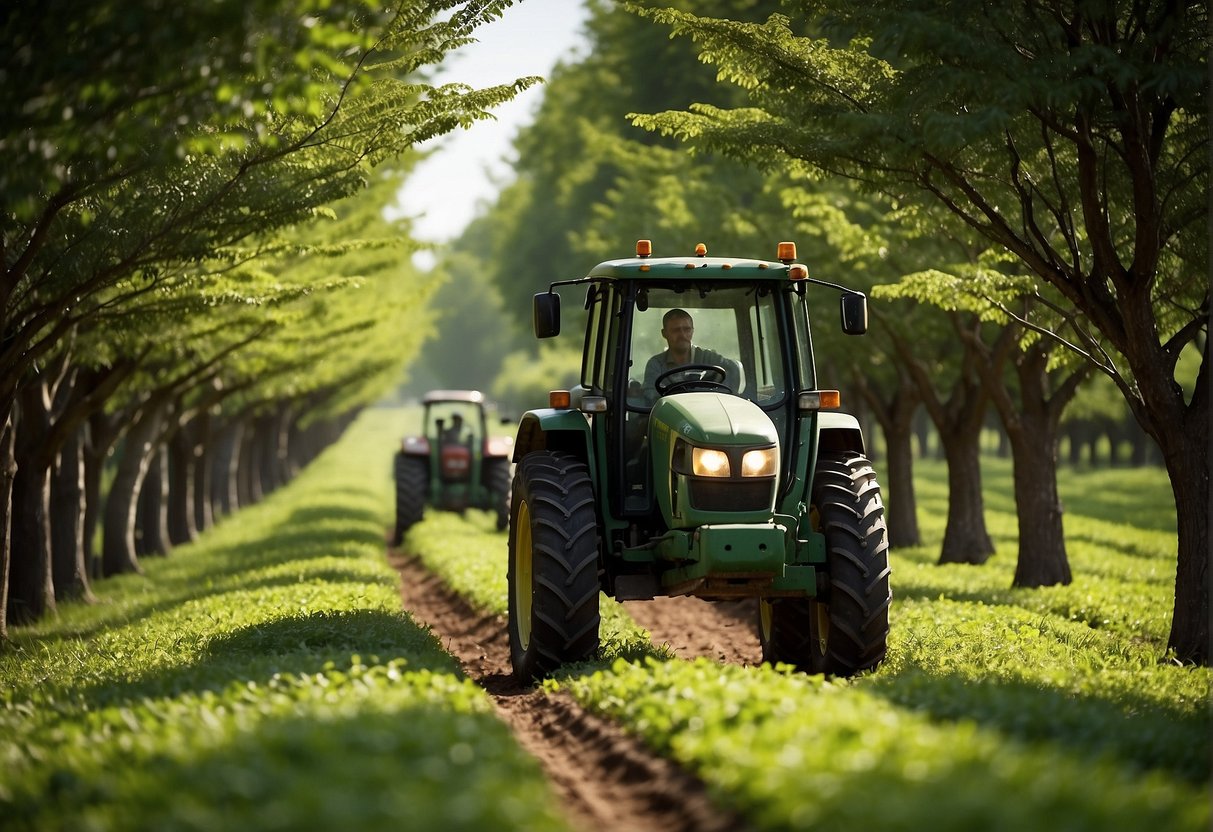
Planting and Care
When cultivating nut trees in Indiana, it is important to consider factors such as soil type, drainage, and sunlight exposure. Nut trees prefer well-drained soils with a pH between 6.0 and 7.0. It is recommended to plant nut trees in the early spring or fall, when the soil is moist and temperatures are cooler.
Proper care is essential for the success of nut trees. Adequate water, fertilizer, and pruning are important to maintain healthy trees. Nut trees require regular watering, especially during dry spells. Fertilization should be done in the early spring and fall, using a balanced fertilizer. Pruning should be done in late winter or early spring, to remove dead or diseased branches and to promote new growth.
Disease and Pests
Nut trees in Indiana are susceptible to various diseases and pests, such as butternut canker, black walnut anthracnose, and walnut husk fly. Butternut canker is a fungal disease that affects butternut trees, causing cankers on the trunk and branches. Black walnut anthracnose is a fungal disease that affects black walnut trees, causing leaf spots and defoliation. Walnut husk fly is an insect that attacks the fruit of walnut trees, causing premature fruit drop.
To prevent and manage diseases and pests, it is important to practice good sanitation, such as removing fallen leaves and fruit from the ground. It is also recommended to use disease-resistant cultivars and to cross-pollinate nut trees to improve their resistance to diseases and pests.
Harvesting and Processing
Harvesting nut trees in Indiana typically occurs in the fall, when the nuts are mature and have fallen to the ground. Nut trees should be harvested as soon as possible after they have fallen, to prevent spoilage and infestation by pests. After harvesting, nuts should be cleaned and dried before processing or storage.
Processing nut trees can involve cracking the nuts and removing the shells, roasting the nuts, or making nut butter or oil. Nut processing can be done at home or commercially, depending on the scale of production. The Purdue Extension Education Store and Investing in Indiana Woodlands are resources for information on nut production, woodland management, and forest improvement. The Forest Improvement Handbook is also a useful guide for managing nut trees in Indiana.
Economic and Environmental Impact
Lumber and Veneer Production
Indiana’s nut trees have significant economic value in the lumber and veneer industries. The Hardwood Lumber and Veneer Series, a Purdue Extension Forester publication, identifies several nut trees as valuable sources of hardwood lumber and veneer, including black walnut, hickory, and oak. These trees produce high-quality wood that is used in furniture, cabinetry, and flooring.
Nut Market and Uses
In addition to their value in the lumber industry, Indiana’s nut trees also have a significant impact on the nut market. The Department of Natural Resources reports that Indiana is a top producer of black walnuts, which are used in a variety of food products, such as baked goods and ice cream. Other nuts produced in Indiana include hickory nuts, pecans, and chestnuts.
Conservation and Biodiversity
Indiana’s nut trees also play an important role in the state’s environmental health. The Hardwoods of the Central Midwest publication notes that nut trees provide habitat and food for wildlife, including birds and small mammals. Additionally, the Department of Natural Resources emphasizes the importance of managing nut tree populations to maintain biodiversity and promote forest health.
Overall, Indiana’s nut trees have a significant economic and environmental impact. They provide valuable hardwood lumber and veneer, contribute to the nut market, and support biodiversity and forest health.
Educational Resources and Community Involvement
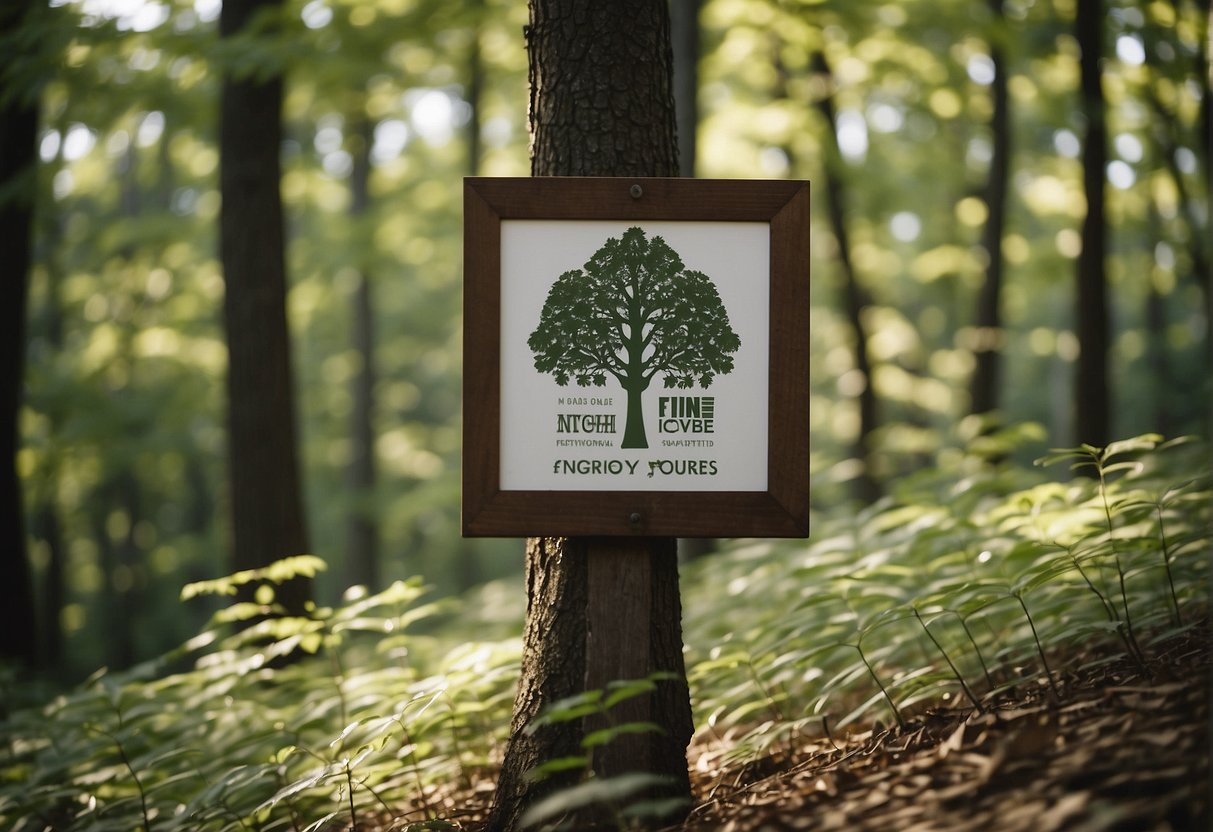
Publications and Online Resources
Indiana is home to a wide variety of nut trees, and there are many educational resources available to those interested in learning more about them. Purdue Extension and Trees of Indiana are two great sources of information on nut trees in the state.
Purdue Extension offers a wealth of information on nut trees, including publications on topics such as “Growing Black Walnut for Nut Production” and “Growing Pecans in Indiana.” These publications are available for free online and provide detailed information on everything from site selection and planting to pest management and harvest.
Trees of Indiana is another great resource for those interested in nut trees. Their website includes a section on “Nut Trees of Indiana,” which provides information on the different types of nut trees found in the state, as well as tips on planting and care.
Workshops and Extension Programs
In addition to publications and online resources, there are also many workshops and extension programs available to those interested in learning more about nut trees in Indiana. Purdue Extension-Forestry & Natural Resources has a YouTube playlist called “Woodland Management Moment,” which includes videos on a variety of topics related to forestry and natural resources, including nut tree management.
Indiana 4-H also offers programs related to nut trees, including the “Fifty Trees of the Midwest” app, which includes information on a variety of trees found in the region, including several types of nut trees. The app is available for free on both iOS and Android devices.
For those interested in identifying shrubs and woody vines in Indiana and the Midwest, “Shrubs and Woody Vines of Indiana and the Midwest” is a great resource. This publication, which is available for purchase online, includes detailed descriptions and illustrations of over 200 species of woody plants found in the region.
Finally, the Purdue Arboretum Explorer is a great resource for those interested in seeing nut trees in person. The arboretum, which is located on the Purdue University campus, includes a variety of nut trees, including black walnut and hickory. The arboretum is open to the public and offers guided tours throughout the year.

